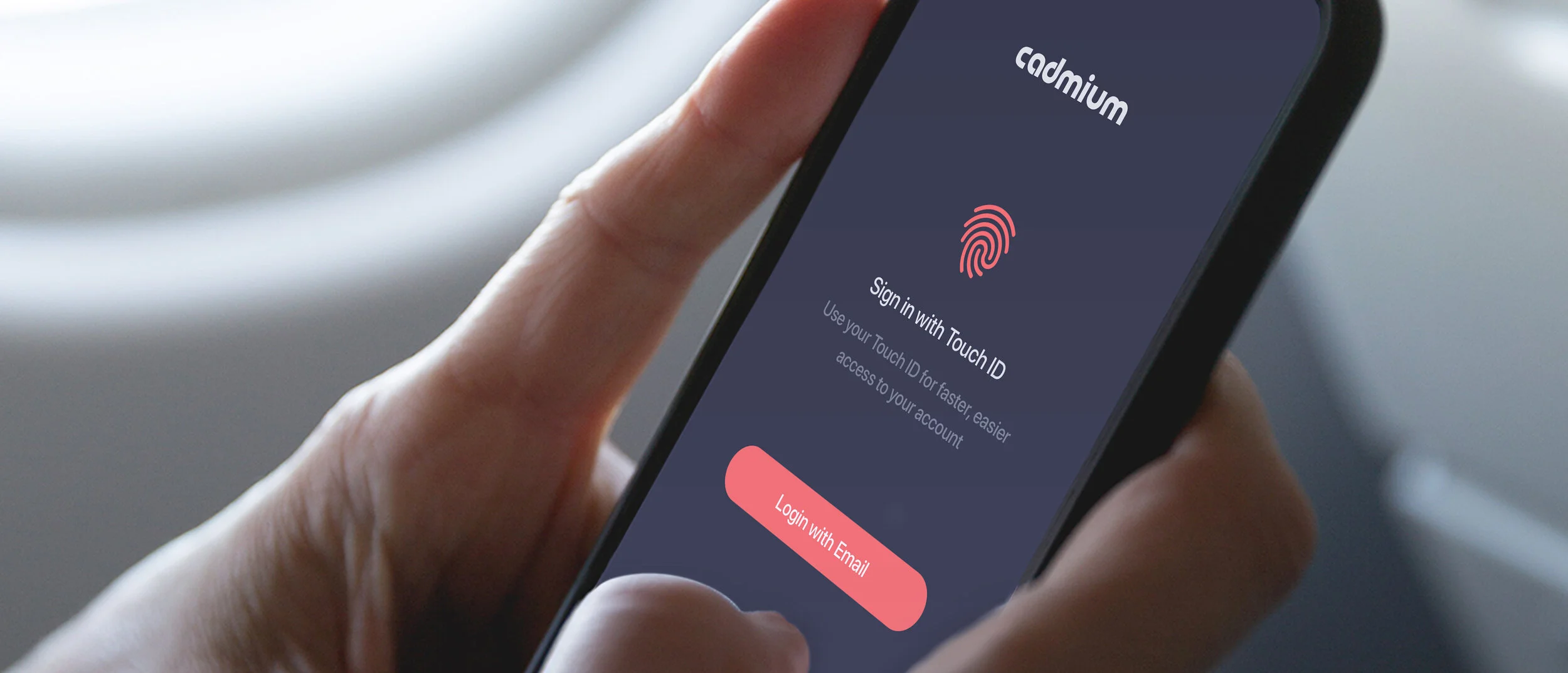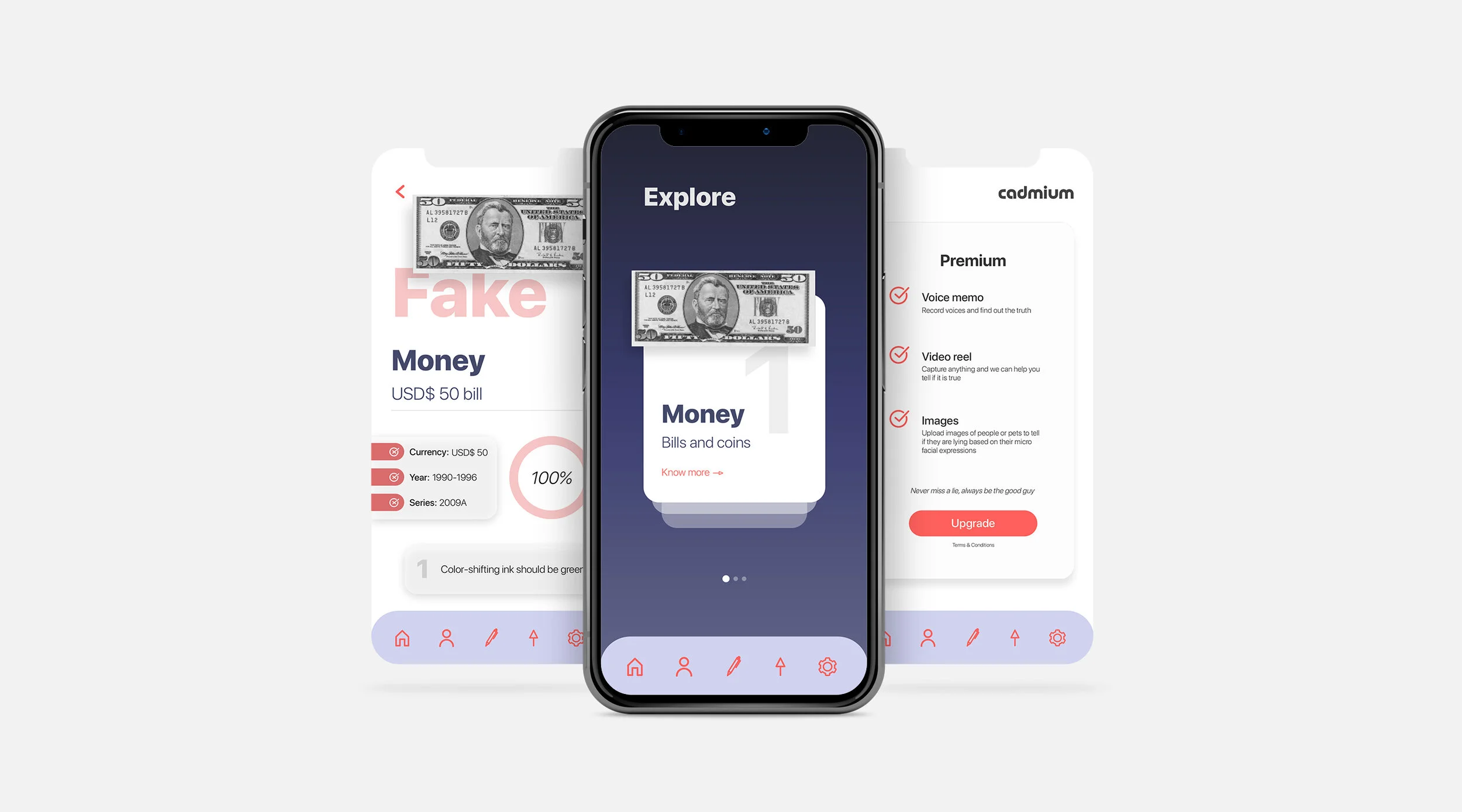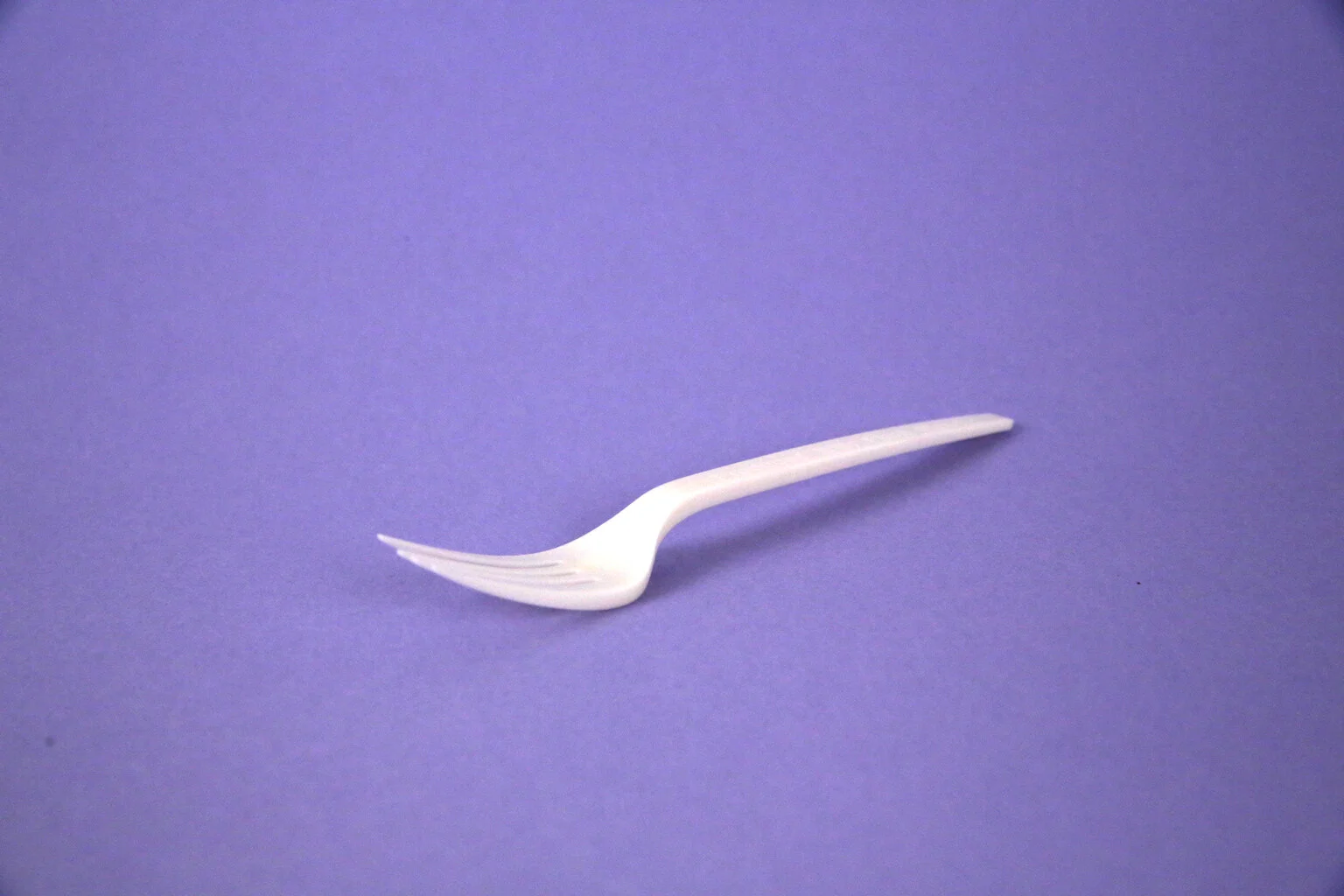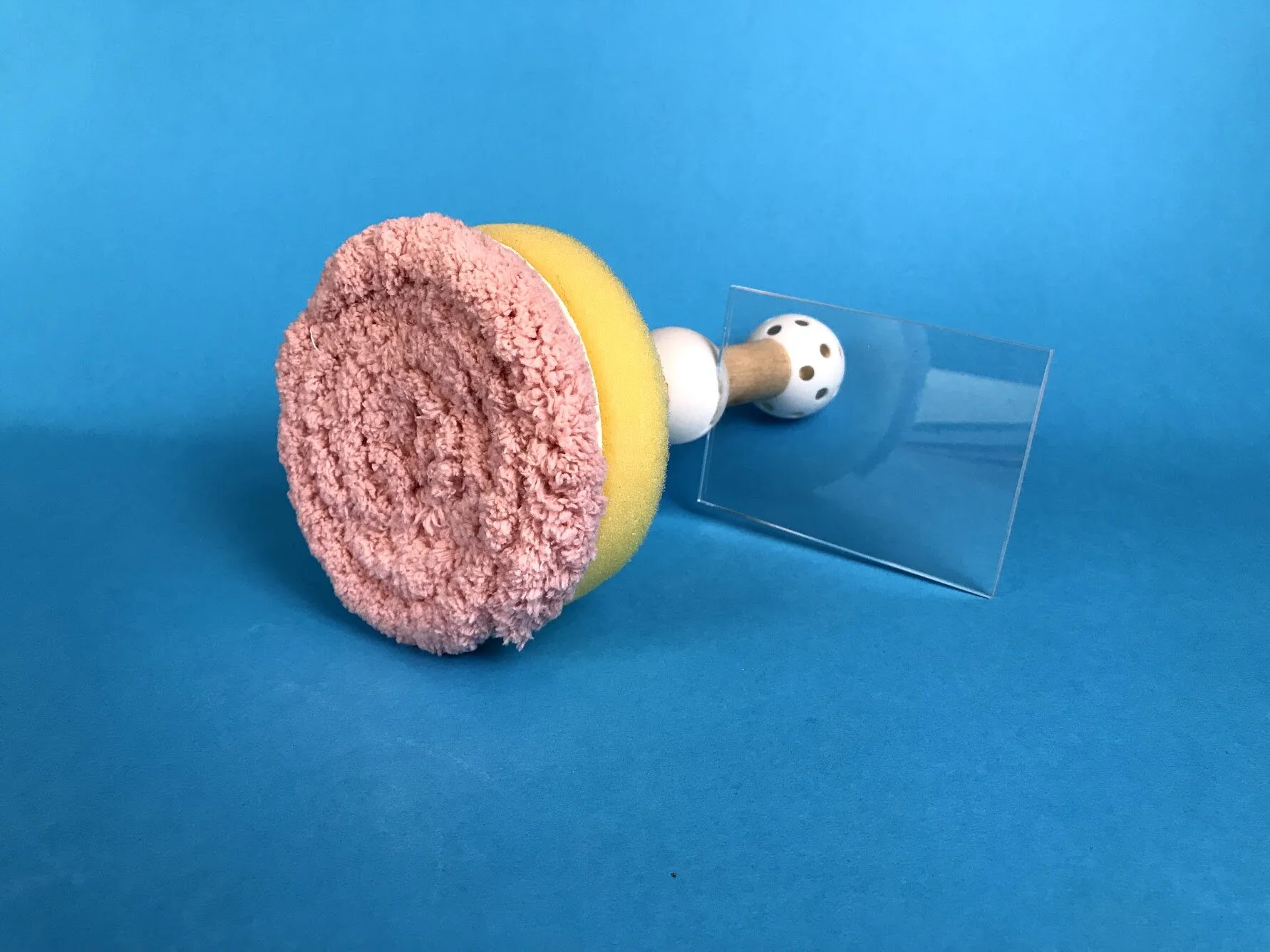Cadmium
DIGITAL LIE DETECTOR APP FOR COUNTERFEITS… AND CONVERSATIONS
Cadmium is a digital lie detector app that identifies fake physical objects (including money, diamonds, and accessories) as well as dishonest conversations, videos, and images. This speculative design project is intended to serve as a "wake-up call" about the deception and fraudulence present in our daily lives. You launch the app, sign up, and choose which category best matches the item you want to detect. If it is a physical object, you take a 3D scan with your phone using augmented reality. The image will then be processed, and a new window will appear stating whether your artifact is fake or real—and why.
ROLE
Research / UI/UX Design / Branding
PROJECT TIME
7 Weeks
Cadmium—a highly toxic metal found in everyday objects such as cigarettes, batteries, jewelry, and even grain cereals and vegetables due to its presence in manures and pesticides. Cadmium is entirely invisible to the naked eye, and is predominant in our lives—just like lies and dishonesty.
VISION
Envisioning a freemium business model for Cadmium: Free for analyzing physical objects such as watches, currency, or jewelry, but paid for unlocking functionality that detects whether someone is lying, displaying false emotions, or showing evasiveness on their face and body language. For voice recordings, for example, users would navigate to the voice category and either record the person speaking or select a pre-recorded snippet. Cadmium will then verify whether the person is telling the truth or not — and how it detected it.


WHERE DOES THIS BEGIN?
Cadmium began as a prompt in the Affirming Artifacts course, where the assignment was to “redesign the last item you throw out.” In this case, it was a plastic fork. The turning point for this proposal was during week three of the course, after presenting Bonding Scratcher, a physical device that functioned as an ice breaker between strangers through the use of a small screen displaying prompts to start a conversation.
Fork, initial object
Artifact for synchronized eating, an early prototype
PEER FEEDBACK AND PROJECT EVOLUTION
After further exploration, classmates loved the idea and “immediately took it to the dark side,” suggesting that this device should be used as a detector that scans people and reveals their profile (name, where they work, position), ultimately enabling the user to leverage that information to the user’s advantage — for social capital, sales, job hunting, or romance. While being initially unhappy with the product turning into something dystopian, after giving it more thought it was decided “to pursue the ‘evil road’ and see where it led." The notion then evolved into an object and voice lie detector that would serve as a user's “sixth sense.”
Bonding Scratcher, an early prototype
As a community, we have the obligation to reverse the dishonesty in our lives and to not let our technology judge if something is real or not. We have to be honest to ourselves and others and never lose what makes us emotional and communicative human beings.





